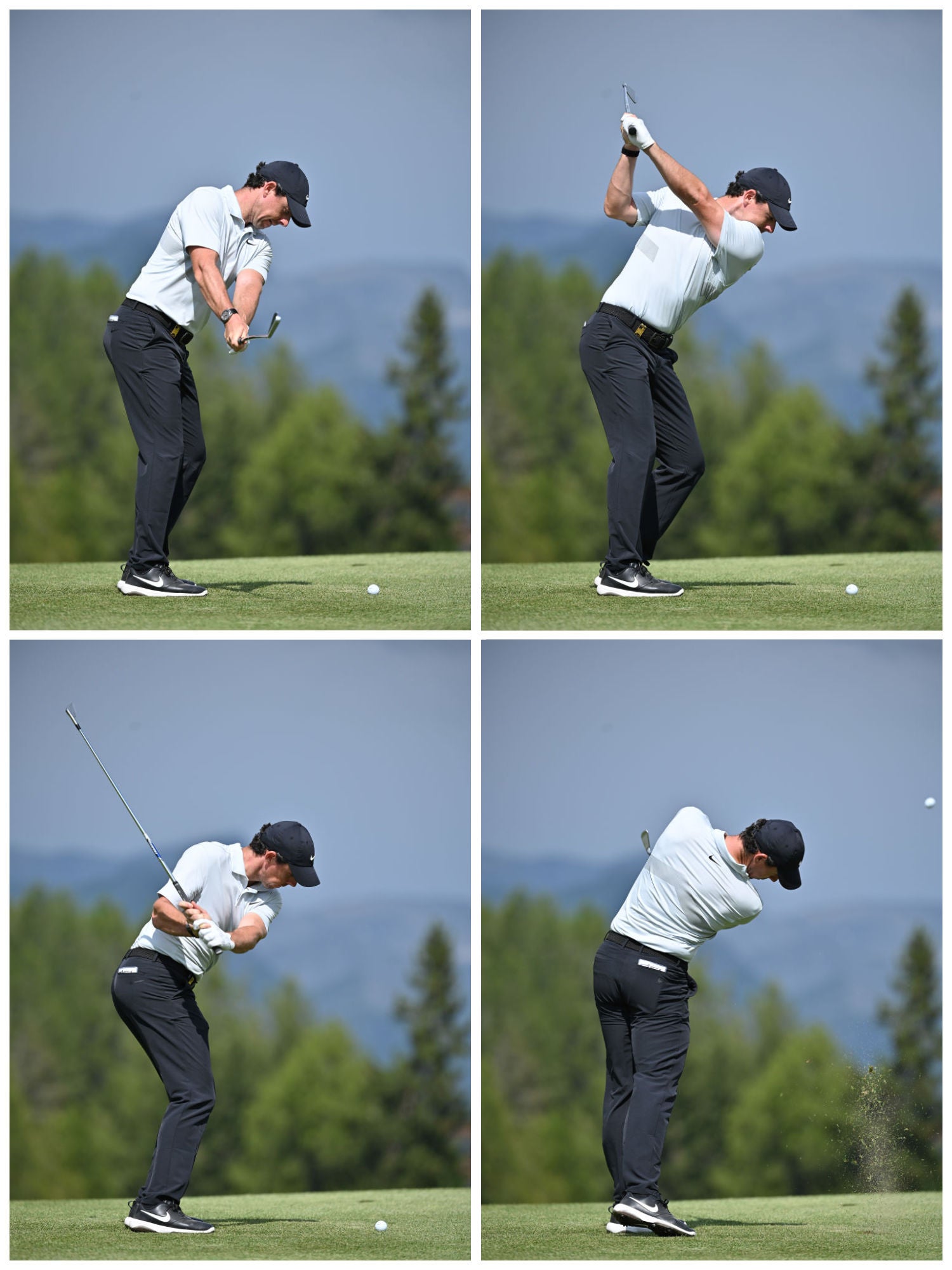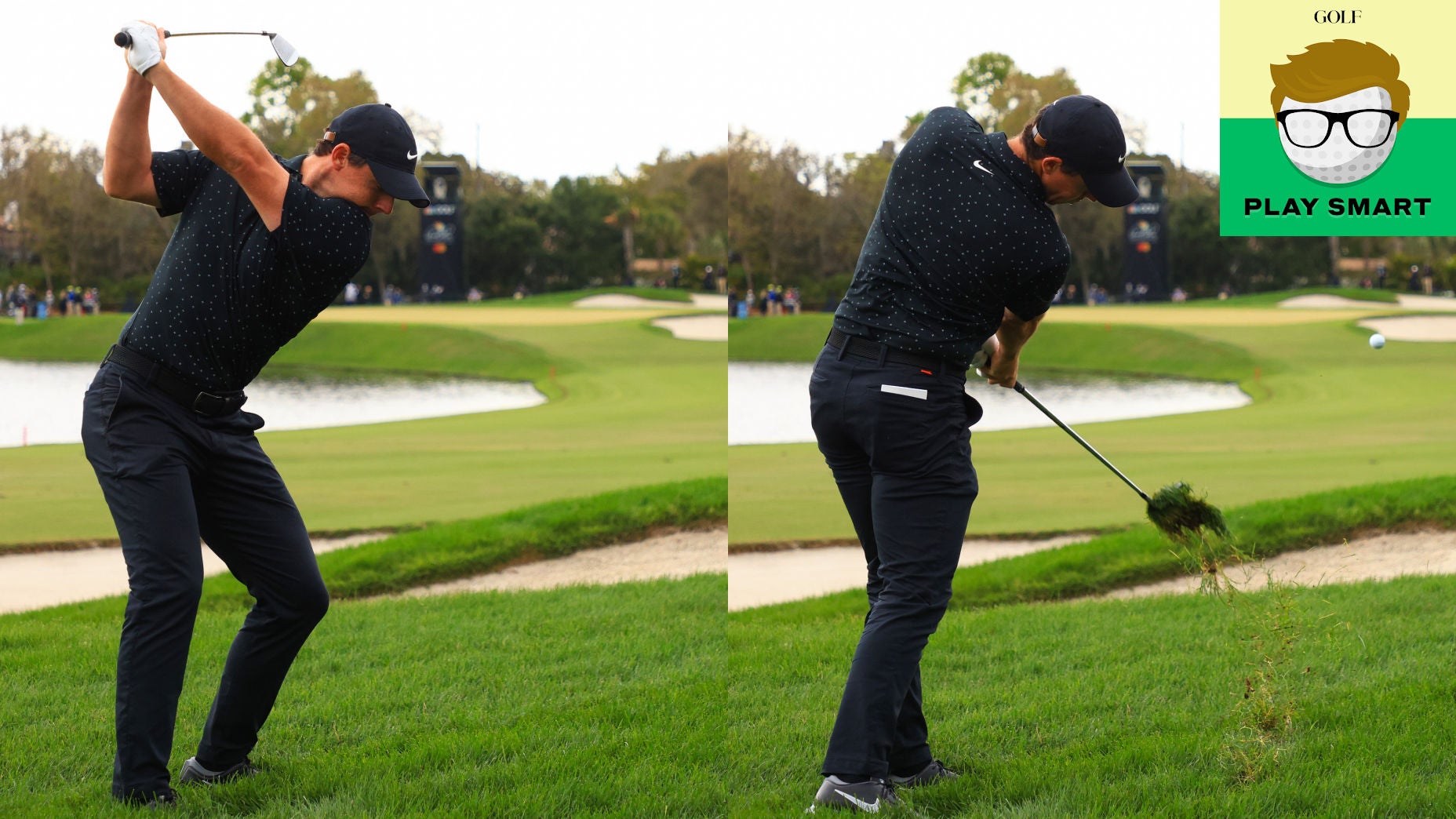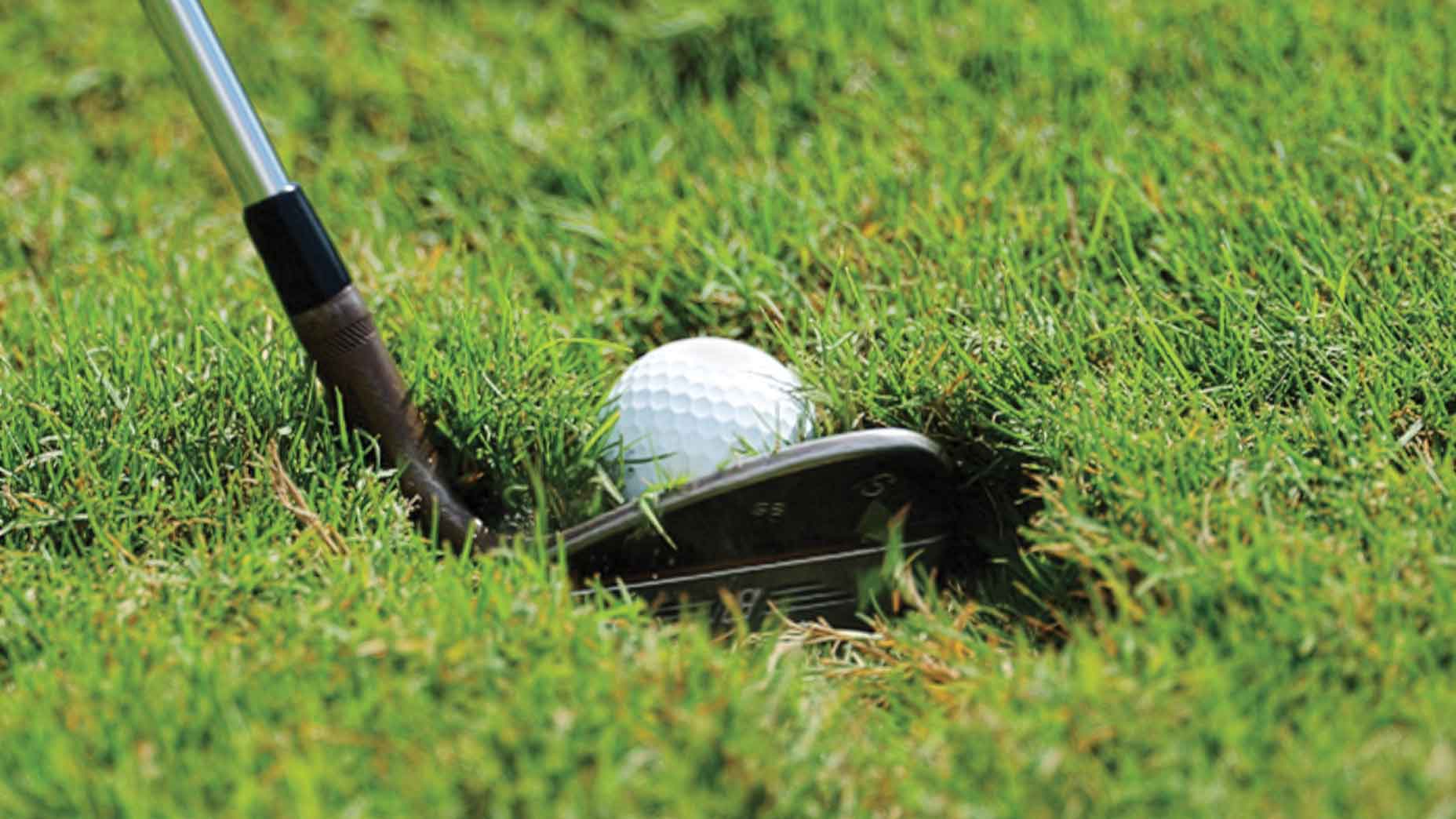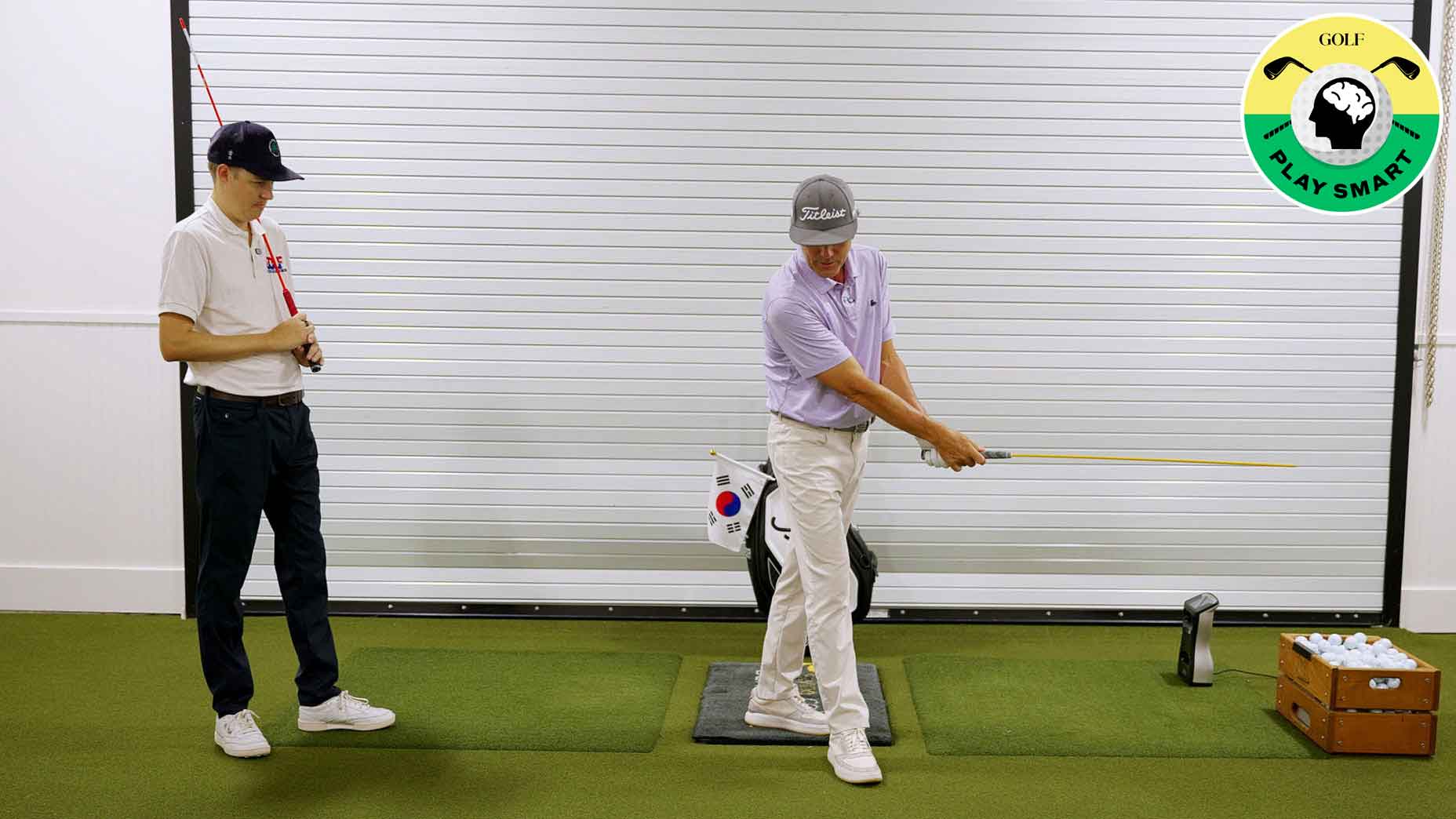Welcome to Play Smart, a game-improvement column that drops every Monday, Wednesday, and Friday from Director of Game Improvement content Luke Kerr-Dineen to help you play smarter, better golf.
Being a Rory McIlroy fan is a perpetual rollercoaster of emotion. He’ll put together stretches of golf that makes a convincing case that at his best, nobody can beat him. And then strange stuff happens, which truly leaves you feeling lost, like his 76 on Sunday at Bay Hill.
It’s true that in golf and in life, the causes of your biggest strengths tend to also be the cause of your biggest weaknesses. Rory’s game can be streaky. He tends to run hot and cold. The tradeoff is probably worth it, but nevertheless, he knows the valleys exist, and he wants to get them right.
“I’m trying to get the bad golf a little better because the good golf is always there and the good shots will always be in there,” he said ahead of the 2021 Players Championship. “It’s when you’re not feeling quite 100 percent, that’s when you need to just be able to manage it a little better, and I just haven’t managed it well in the past few weeks.”
Rory, as he often does in his press conferences, took a pretty insightful look at the matter, and said the cause of his current inconsistency is in his golf swing.
“This feeling that I have at the minute, I’m not used to managing it, so that’s where the two-way miss comes in,” he said.
So what’s Rory talking about, exactly?

TaylorMade SIM2 Driver
Personally, I think fade-hitting-Rory is the best Rory, but Rory prefers hitting a draw, and Rory McIlroy is Rory McIlroy so he gets to decide what to do. While a fade may make him slightly more consistent, there are obvious upsides to him working a right-to-left draw instead: mainly that he hits the ball longer that way, and when it’s all clicking, his all-around driving ability is unmatched.
Rory has hit a draw all his life and his SG: Driving stats prove he’s gotten really good at controlling it, which he does by shifting around the feelings in his golf swing. The process of how he does it is actually pretty simple:
First, he’ll try to hit push draws.
When those push-draws start getting to push-drawy, it’s because his swing is moving too much from in-to-out.
When that happens, Rory will start feeling like he’s trying to hit fades, which takes away some of the curve by moving his swing back to a more neutral spot.
“I know for years and years my whole golf career I’ve got used to dropping it underneath the plane on the way down, and from there I can manage it,” he said. “I can hold it off. I’m used to that feeling.”
Rory loves when this happens, because it’s usually where he plays his best golf.
“I’m at my best when I feel like I’m hitting a fade, but it draws a yard or two,” he told me at the 2019 U.S. Open
Once the ball has straightened out to his liking, he’ll go back to intentionally chasing push draws.

Rory’s new problem ‘pattern’
That is, essentially, Rory’s little formula. His swing goes from neutral, to too far from in-to-out, then moves back to neutral, where the process repeats. As he says, he’s done this a million times, and he’s played good golf at each step of the cycle.
Except this time, Rory mentions his new and unusual problem. His swing isn’t going too far from in-to-out, it’s moving in the opposite direction — it’s moving too much from out-to-in, or over the top. That’s not a big problem in the grand scheme of things, but it is a weird and unexpected one for Rory to deal with because it means his bad shots could be anything from pulls left to blocks right. He sounds like he’s going back to his push-draw swing feeling, and it wont take long until he’s there, but as he showed last Sunday, it’s a bit of a curveball he’s not used to dealing with it.
“It’s a completely different pattern that I’m having to manage and … I’m not used to managing it, so that’s where the two-way miss comes in, and that’s where I just have to figure out what to do to get it back to a familiar pattern,” he said.
I do want to underline here that this isn’t any big overhaul Rory needs to make, so don’t get panicky. Rory made a slight overcorrection that will feel unusual to fix for an impossibly short period of time, before he gets back to his more familiar in-to-out pattern. I won’t be surprised if he sets it right this week. But even still, it’s an interesting and helpful reminder that regardless of the level you play the game, the golf swing is a moving target, something that surprises you and has to be constantly managed, yet can never be truly perfected.










